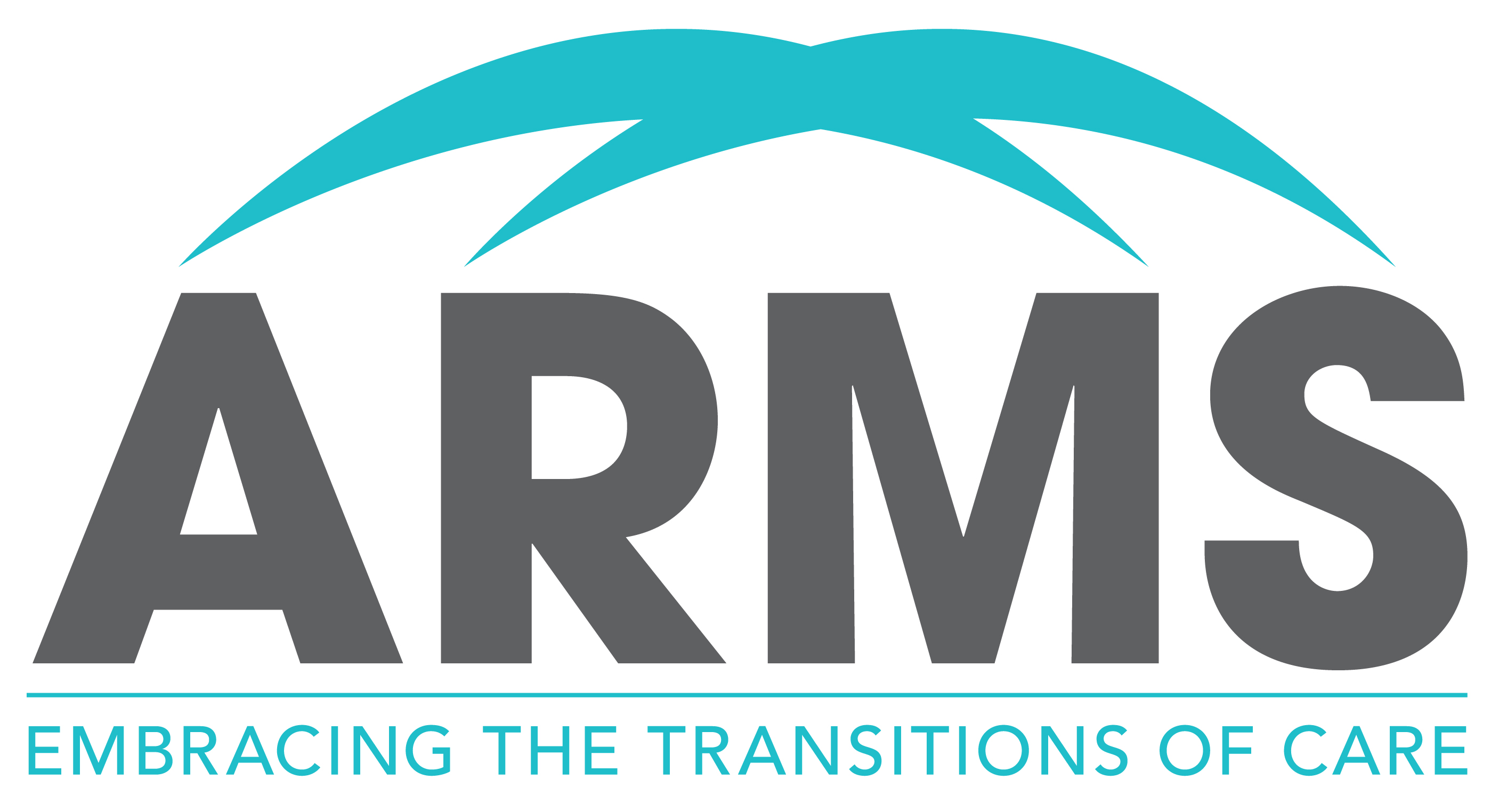Contextual Note:
In this post, Dr. Scott Cline, neurologist, reviews his experience as a specialist attending patients in rehabilitation centers after hospitalization. Just as doctors in hospitals work as a team to care for complex patients, ARMS contends that specialists are needed in the rehab environment to continue to improve patient outcomes—lower lengths of stay, fewer hospital returns, and more successful transitions to home! Dr. Cline is helping clarify the role that neurologists and other specialists can play as ARMS seeks to transform care in the nursing facility.
It was a Friday afternoon three years ago, and I was just completing a grinding week as the on-call neurologist for the hospital. One last discharge dictation, and I was ready to head home to start the weekend! The last patient of the week was a 75 year-old female who had a small stroke causing left-sided weakness. While the weakness was modest, it was enough to make her unsafe while walking and even caused her to struggle when moving between the bed and chair.
 After completing her discharge paperwork, I left to join my family for dinner. My patient left to a skilled nursing facility – resting her hopes upon my assurances that it was the best path for her to take. And, I relaxed knowing that she would receive high quality rehab care, nursing and therapy. But, did I really know where this lovely lady just went? Which local facility really had the best quality of care? Which rehabs produced the lowest risk of a re-admission? Which rehab had optimal lengths of stay?
After completing her discharge paperwork, I left to join my family for dinner. My patient left to a skilled nursing facility – resting her hopes upon my assurances that it was the best path for her to take. And, I relaxed knowing that she would receive high quality rehab care, nursing and therapy. But, did I really know where this lovely lady just went? Which local facility really had the best quality of care? Which rehabs produced the lowest risk of a re-admission? Which rehab had optimal lengths of stay?
Three years ago I was unable to answer any of these questions. Like many hospital-based physicians, I could not even name our local rehab facilities, nor could I have found them on a map. My job was to take care of stroke patients during their hospital stay; post-hospital stroke care was not on my radar.
Two very good physician friends decided they needed to know what happened to their patients after hospital discharge and, through the creation of ARMS, they began seeing and treating patients at two nearby nursing facilities. By virtue of our friendship, the physicians felt comfortable calling me with questions about the stroke patients I had recently sent to rehab. It was clear to me that while the patients had left the hospital, they had not left their stroke diagnosis behind. They may have been in a rehab, but their recovery from cerebrovascular disease still required input from me, a neurologist!
Eventually, the two physicians, Dr. Andres and Dr. Kirk, asked if I would be willing to come over once a week and see my patients along with them. I accepted, though in retrospect I have to admit it was really just to reduce the number of calls I was getting! However, those few visits per week opened my eyes to what is really happening (and what was not, but should be) happening with my patients after they left the hospital.
Most hospital stays are overwhelming to patient and families. In addition to facing life-changing illness, they are bombarded with disease education, insurance questions, various therapies and multiple physician follow-up appointments. Often, patients have new medications to remember as well as fears about their future and that of their loved ones. Pushing patients out the hospital door and telling them to return to the office for a re-check in a few weeks is simply not a plan for success.
Nationally, nearly 1 in 5 or 6 discharged patients are readmitted to the hospital within 30 days – this statistic supports the fact that patients need to be guided during this difficult time when they are not at their physical, cognitive and emotional best.
At ARMS, we view returns to the ER or re-admissions as medical complications of a hospital stay. As concerned doctors, we want to reduce complications as much as possible. Neurologists, medical specialists and others can play an important role in providing coordinated, high-quality care. My advice to physicians and/or mid-level providers would be to consider the following actions:
- Round at a nearby facility on a regular basis—once per week or even just twice per month. You can supplement your income without having to provide primary care or on-call services, and, more importantly, you can help improve care for patients.
- Schedule a monthly on-site visit with the nursing and therapy staff at a nearby rehab to review the care they have provided to your recently discharged patients. Everyone will benefit from enhanced communication and the just-in-time education you can provide about your patients’ medical conditions.
- Commit to learning more about nearby facilities. There is data available on Nursing Home Compare about re-admission rates and return to the emergency room rates. Ask your discharge planners for their insight about local facilities. Then, help your patients make an informed decision about where to go for rehab.
It’s easy for busy physicians to become complacent and assume they are doing right by their patients when referring them to rehab. As a patient, or loved one of a patient,
I would encourage you to be informed and ask your treating physician about her/his experience with local rehab facilities. I would remind physicians to stay informed and connected to local healthcare resources, such as skilled nursing centers. By improving communication and first-hand knowledge, we can all work together to successfully close any gaps in the circle of care.



No comments yet.